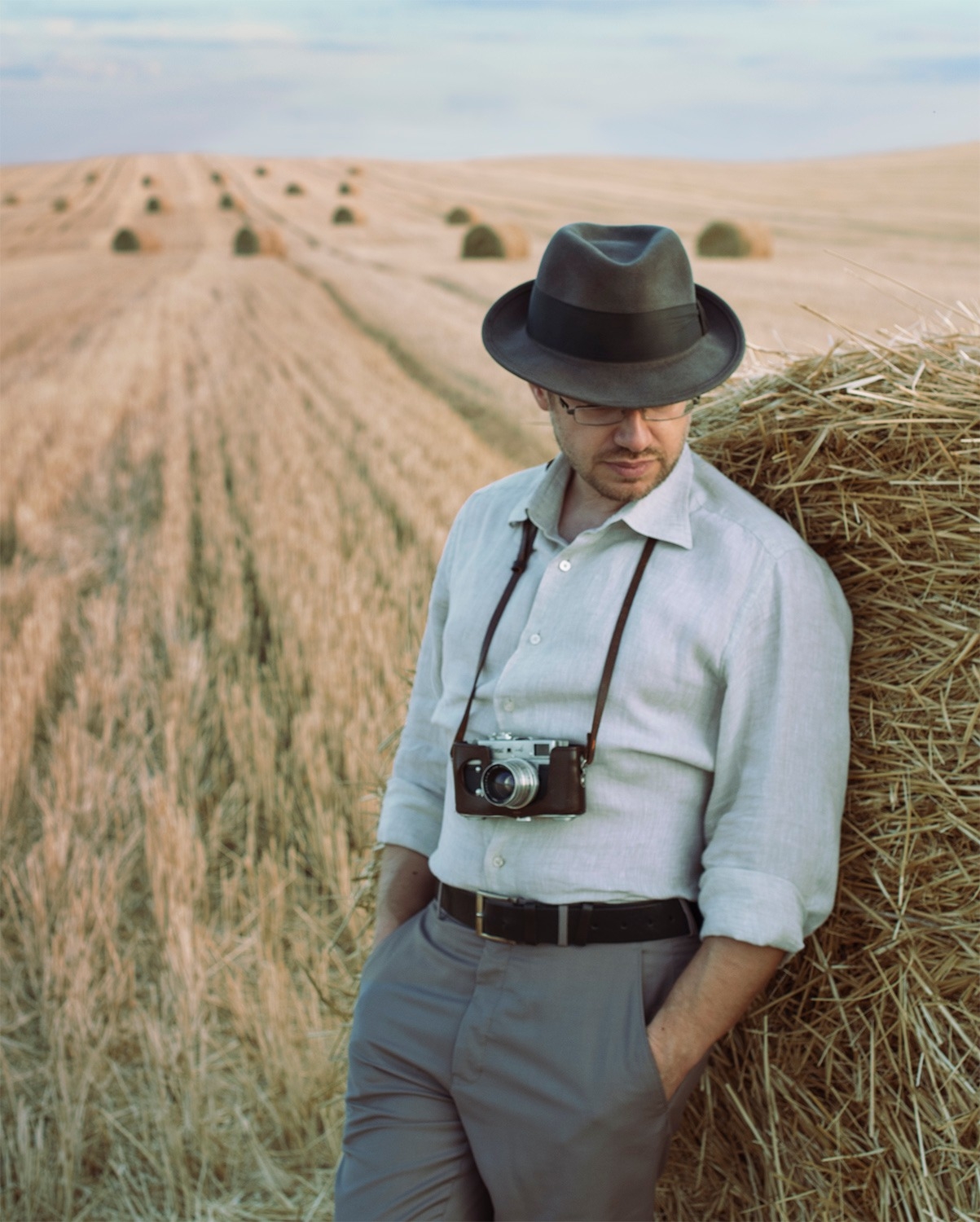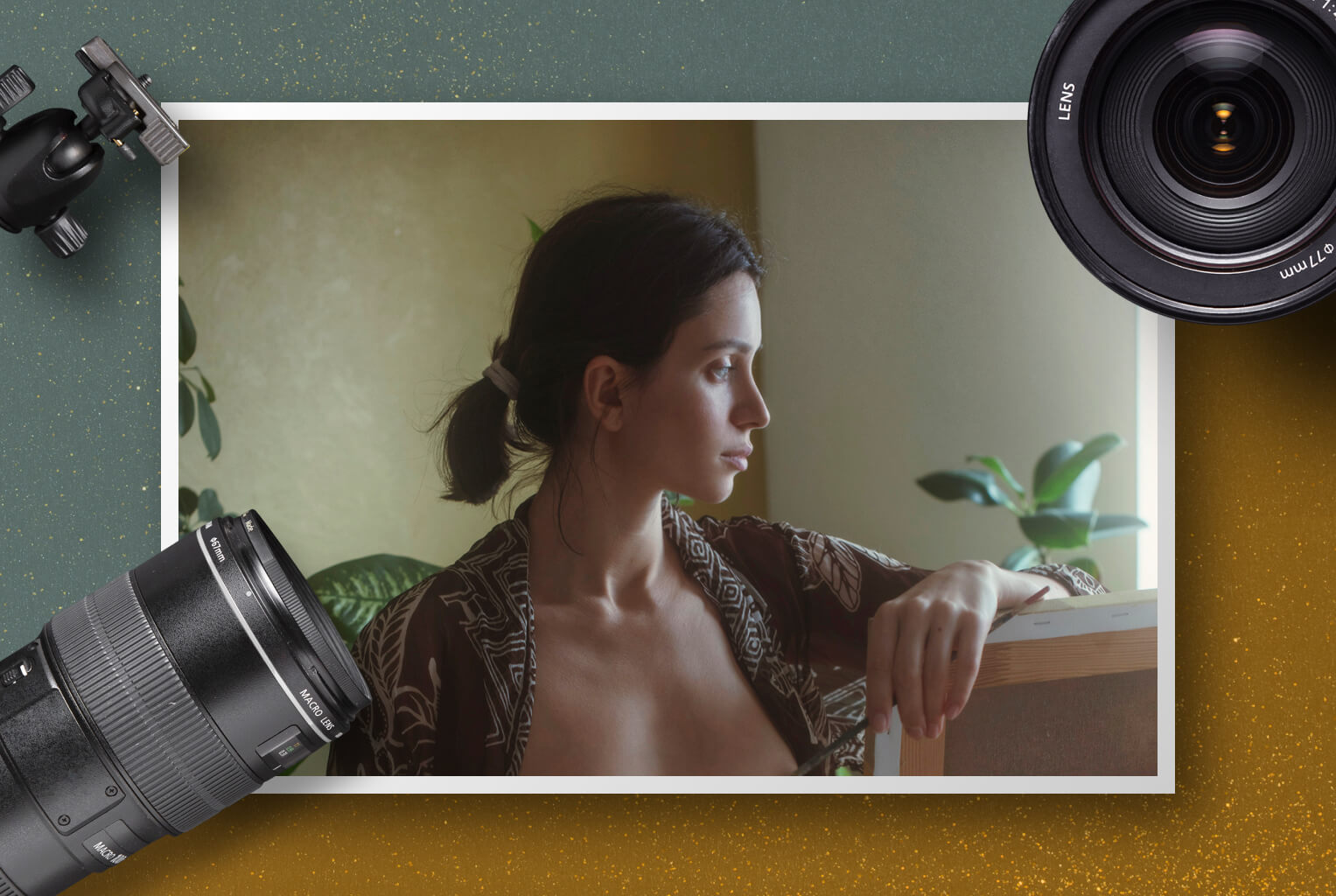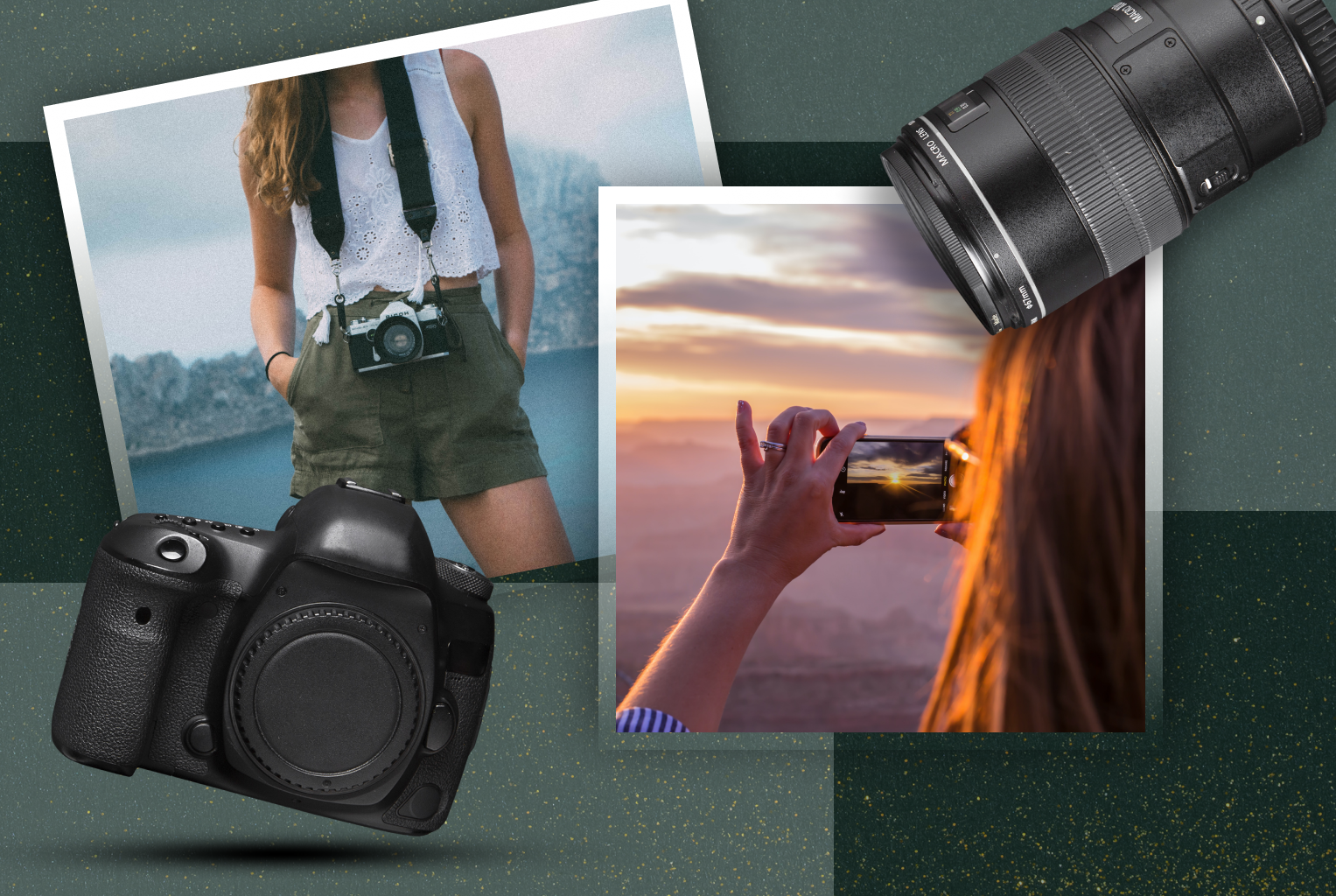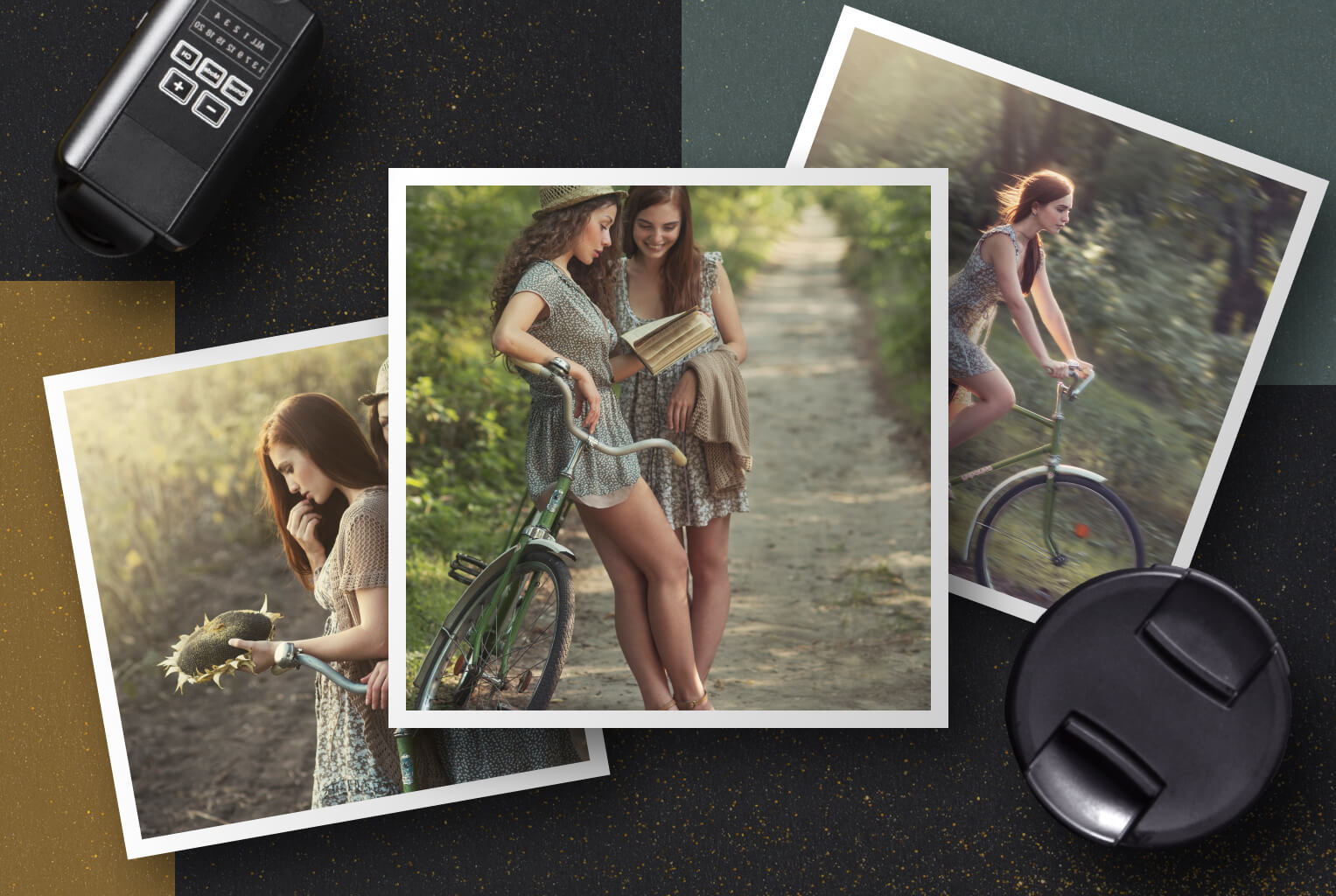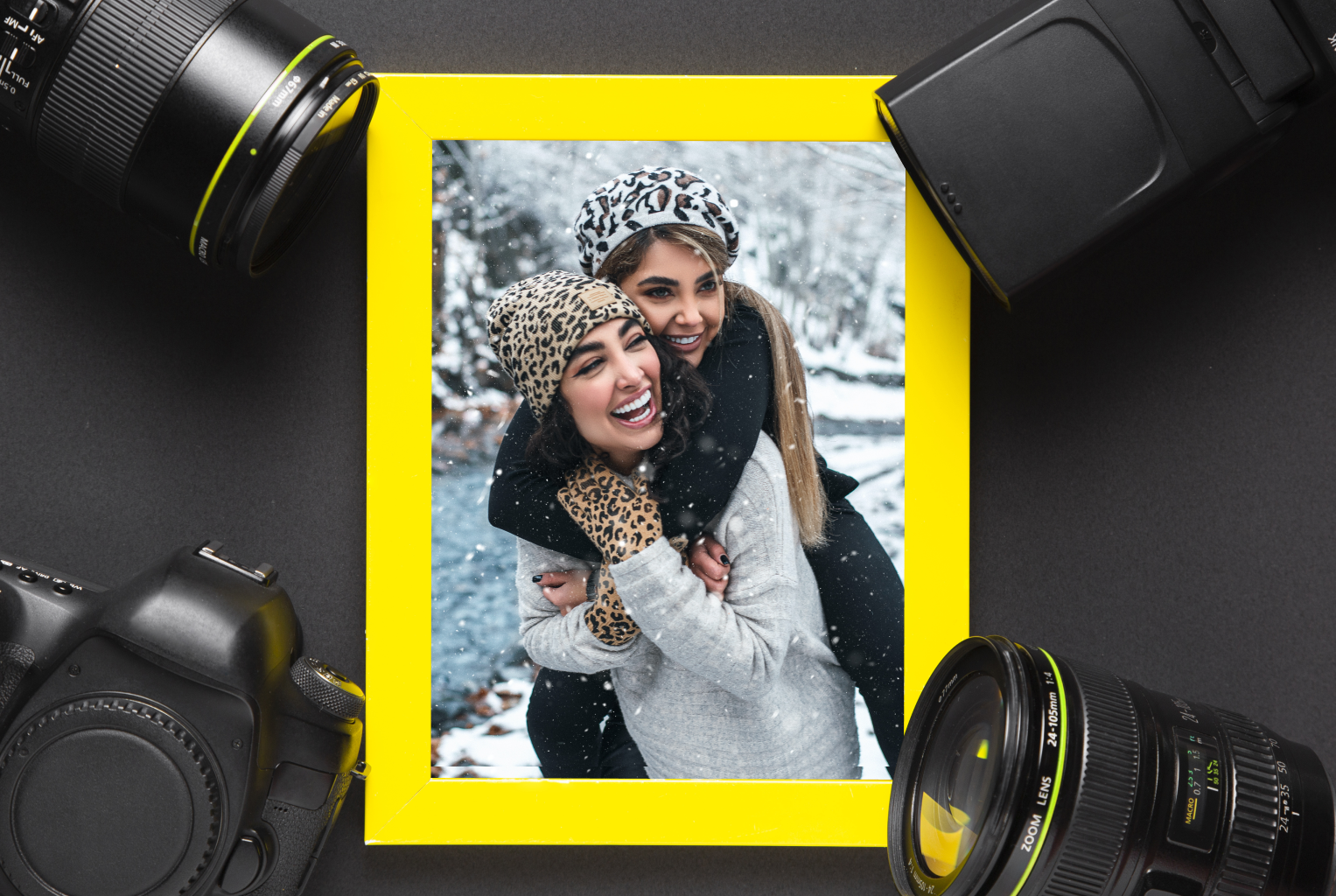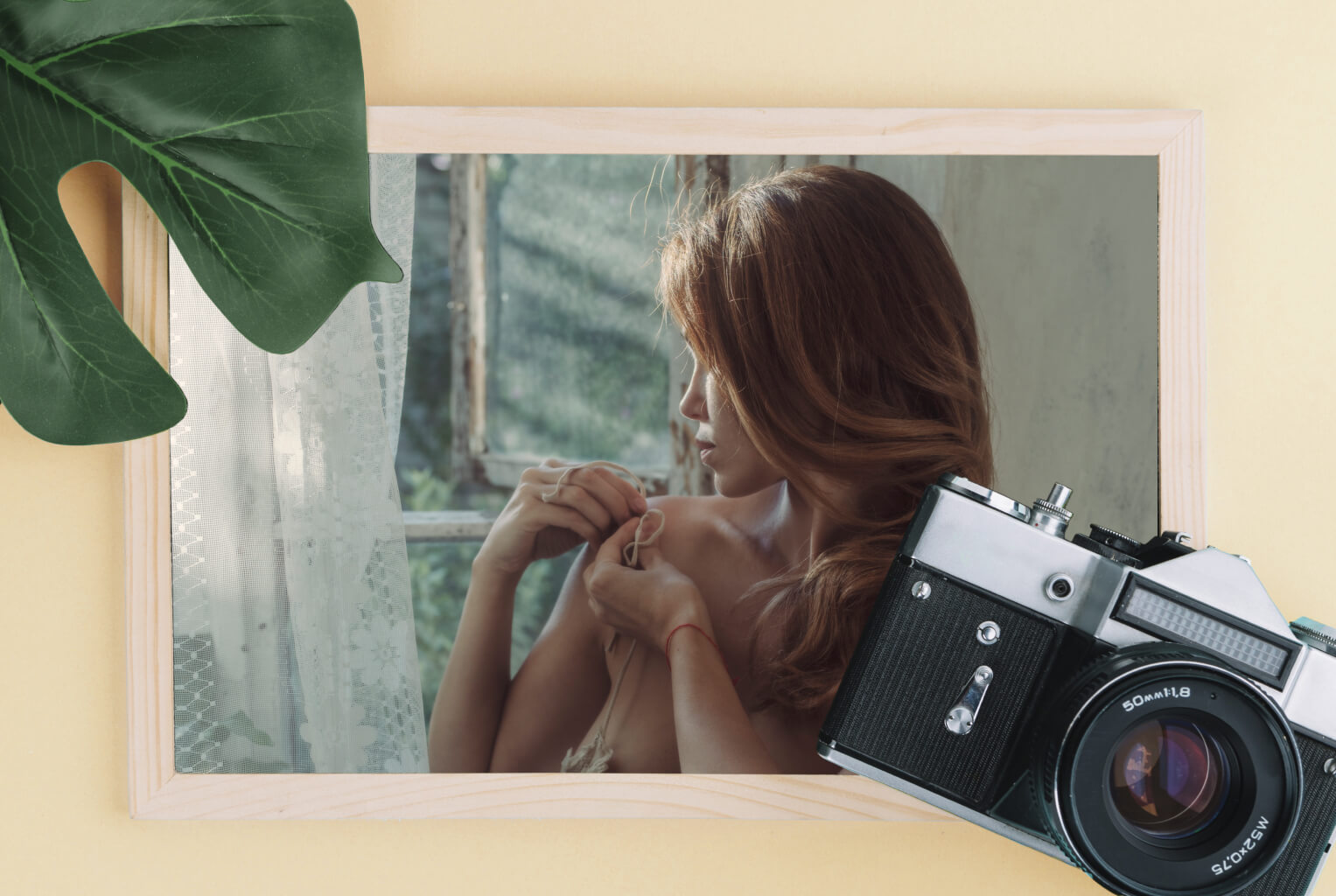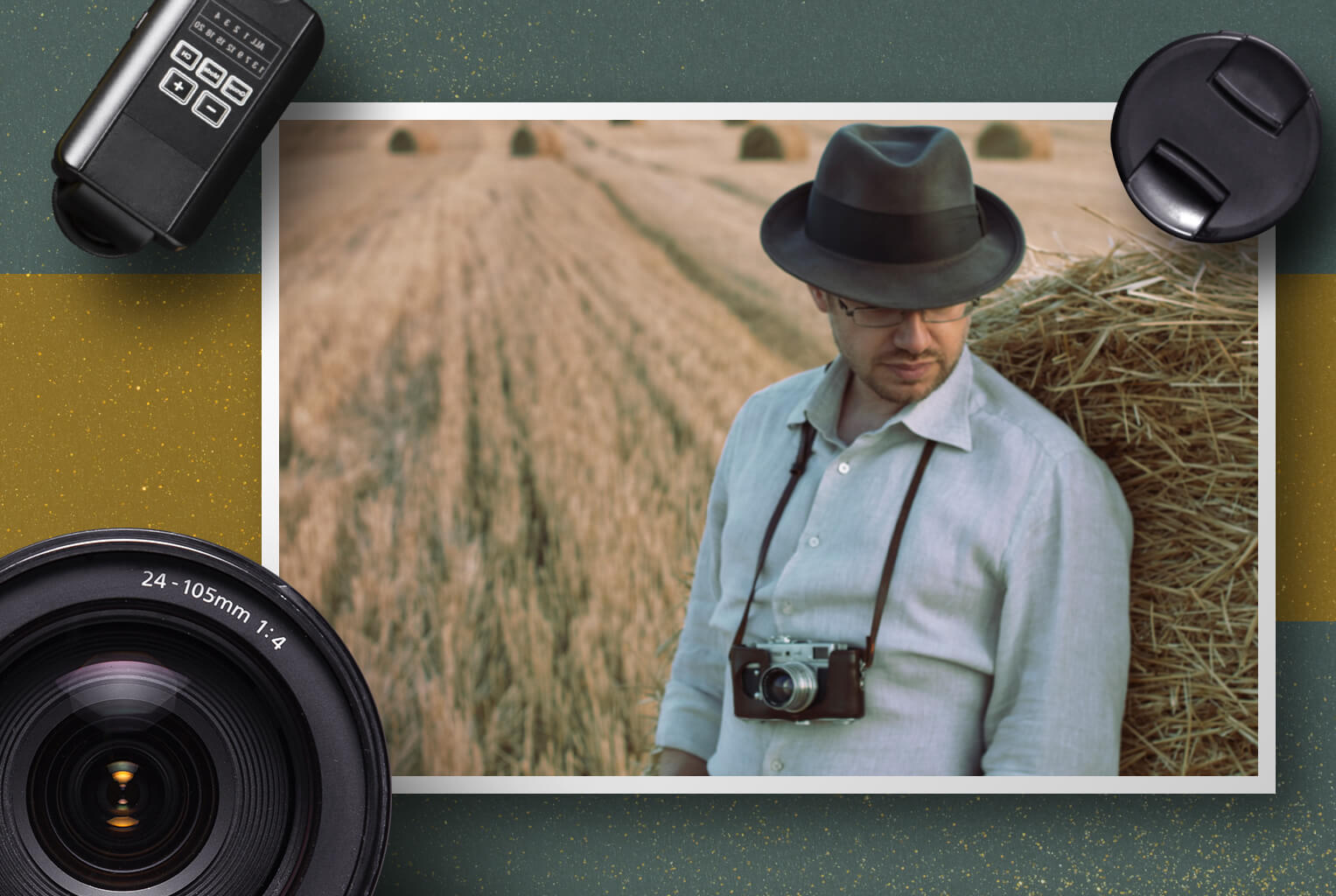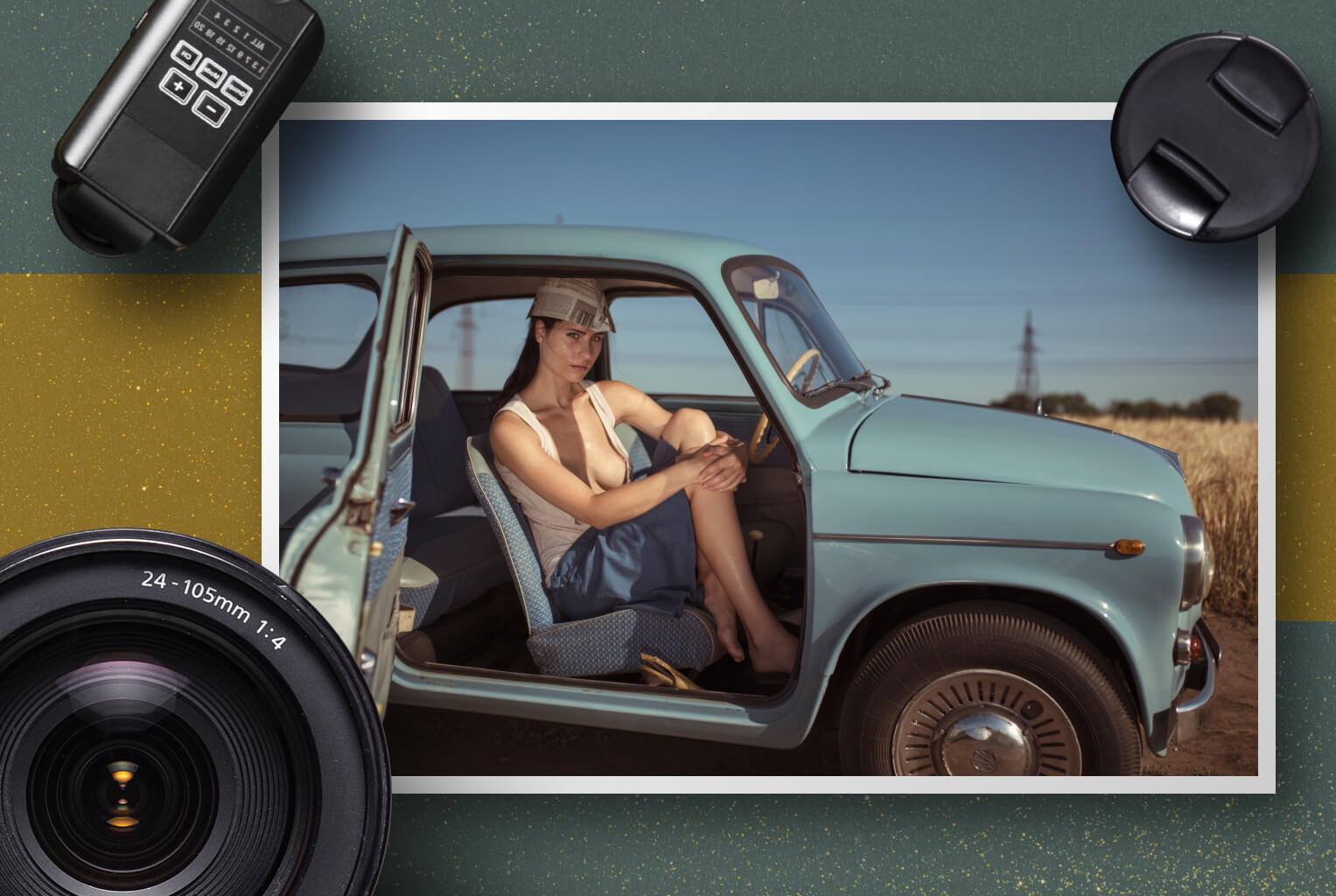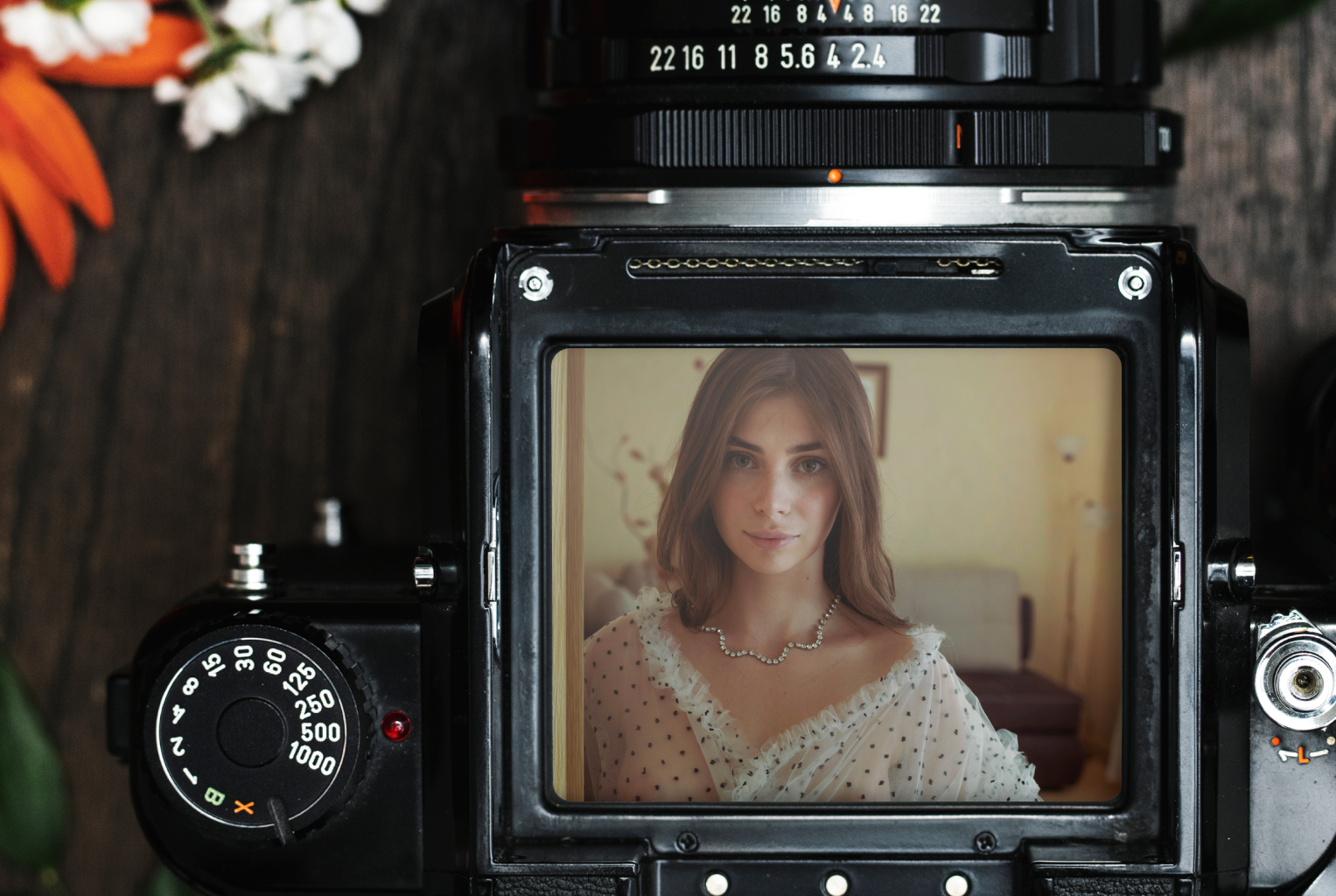
Tips for portrait shootingConsejos para fotografiar retratos
Portrait photography is very different from all other types of photography. If you follow certain rules, it allows you to subtly and accurately convey a person’s character, emphasize the merits of his appearance, and hide the shortcomings. If you want to understand how to make portrait shooting perfect, then you should get acquainted with the subtleties and features of creating such compositions.
Technics
Any camera is suitable for portrait shooting. The advantage of the mirror camera – is a change of optics that allows you to vary the modes of photography, the ability to shoot in a manual modus, which means that you have many opportunities to solve your artistic problems, and the ability to shoot in difficult conditions (for example, in dark rooms).
When shooting a portrait, preference should be given to portrait lenses with gentle drawing optics. Gentle drawing of the optics allows hiding the irregularities of the skin and focuses on the main elements of the portrait (eyes, mouth, forehead), giving a feeling of volume due to the smooth drops of sharpness from the main to the less important.
Light
In order to get not a flat but voluminous face in the photo, it is best to use light falling a little at the front and side (front-diagonal lighting). In principle, good results can be obtained with side lighting, but on the side, lighting is best to use a reflector (which can serve, for example, a white wall of the house) or an external flash. On the street, it is best to shoot in the morning or early evening. If you shoot at noon, when the sun is at its zenith, the upper light will give deep shadows and a very sharp contrast.
With counter lighting, you can get a silhouette if you shoot, for example, in the evening. If you want to highlight the face, you also need a reflector or an external flash. Front lighting will make your face flat and should be avoided.
Work with a model
We often see tense faces and stretched, smiling people in the pictures. Most people see the camera and begin to «pose». This rarely yields good results, as those portrayed during a pose tend to strain. The photographer should be able to open the inner world of humans, and this is possible only when the model is relaxed and naturally – at ease. We already wrote once that every photographer has his favourite genre in photography. The portrait photographer should love to communicate with people and be able to win over a person.
Shooting is best to start with a casual conversation. When a person relaxes, you can start shooting.
La fotografía de retrato es muy diferente de todos los demás tipos de fotografía. Si sigues ciertas reglas, esto te permitirá transmitir de manera sutil y precisa el carácter de una persona, enfatizar los méritos de su apariencia y ocultar sus defectos. Si desea comprender cómo hacer retratos perfectos, debe familiarizarse con las sutilezas y características de la creación de tales composiciones.
Técnica
Cualquier cámara es adecuada para realizar retratos. La ventaja de la cámara espejo es un cambio de óptica que le permite variar los modos de fotografía, la capacidad de disparar en modo manual, lo que significa que tiene muchas oportunidades para resolver sus problemas artísticos y la capacidad de disparar en condiciones difíciles (por ejemplo, en cuartos oscuros).
Al fotografiar un retrato, se debe dar preferencia a lentes para retratos con una óptica de dibujo suave. El suave dibujo de la óptica permite ocultar las irregularidades de la piel y enfoca los elementos principales del retrato (ojos, boca, frente), dando una sensación de volumen debido a las suaves gotas de nitidez desde lo principal a lo menos importante.
Luz
_ Para conseguir que la cara no sea plana sino voluminosa en la foto, es mejor utilizar luz que incida un poco en la parte frontal y lateral (iluminación frontal diagonal). En principio, se pueden obtener buenos resultados con la iluminación lateral, pero en la iluminación lateral es mejor utilizar un reflector (que puede servir, por ejemplo, para una pared blanca de la casa) o un flash externo. En la calle, lo mejor es disparar por la mañana o temprano en la noche. Si disparas al mediodía, cuando el sol está en su cenit, la luz superior dará sombras profundas y un contraste muy marcado._
Con la iluminación del mostrador, puedes conseguir una silueta si disparas, por ejemplo, de noche. Si quieres resaltar el rostro, también necesitas un reflector o un flash externo. La iluminación frontal hará que tu rostro sea plano y debes evitarla.
Trabajar con un modelo
A menudo vemos caras tensas y personas sonrientes y estiradas en las imágenes. La mayoría de la gente ve la cámara y empieza a «posar». Esto rara vez da buenos resultados, ya que los retratados durante una pose tienden a esforzarse. El fotógrafo debe poder abrir el mundo interior del ser humano, y esto sólo es posible cuando el modelo está relajado y naturalmente a gusto. Ya escribimos una vez que cada fotógrafo tiene su género fotográfico favorito. Al fotógrafo de retratos le debe encantar comunicarse con la gente y poder conquistar a una persona.
Es mejor comenzar a disparar con una conversación informal. Cuando una persona se relaja, puedes empezar a disparar.
Artistas
Información
Todos los derechos para el contenido gráfico completo y/o parcial (fotos, videos, ilustraciones), tramas/historias, materiales de texto individuales, archivos de audio/contenido de audio, el código de programa correspondiente, que se utilizaron y/o están siendo utilizados en la aplicación móvil "NYMF" y/o todos sus cambios originales, adiciones, modificaciones y también en los servicios https://dubnitskiy.com, https://nymf.com son el resultado de la creatividad individual y pertenecen a D.I. Dubnitskiy (bajo el seudónimo de David Dubnitskiy).
Aviso de Derechos de Autor.
